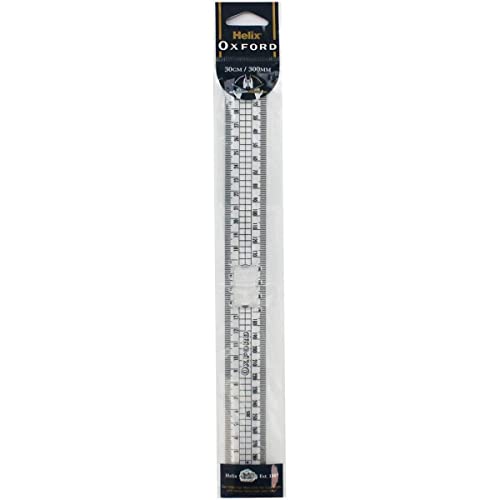Straight Line Drawing Rulers: Which One Should You Choose?
When it comes to straight line drawing, having the right ruler is essential. There are many options available on the market, each with its own unique features and advantages. In this article, we will explore some of the most popular rulers for drawing straight lines and help you decide which one is best for your needs.
T-Square Ruler
The T-square ruler is perhaps the most common and widely used ruler for drawing straight lines. It is a long, thin ruler with a perpendicular crossbar at one end. The crossbar acts as a guide, ensuring that your lines are perfectly perpendicular to the paper’s edge.
The T-square ruler is ideal for technical drawing, architectural drafting, and engineering work. Its straight edge allows for precise measurements and straight lines, ensuring accuracy in your drawings. However, it may not be the best option for smaller projects or artists looking for more flexibility.
Straight Edge Ruler
The straight edge ruler, also known as a drafting ruler, is another commonly used tool for drawing straight lines. Unlike the T-square ruler, the straight edge ruler is a simple, flat ruler with a straight edge along one side. It can be used for a variety of applications, including drawing straight lines, measuring distances, and creating precise angles.
Straight edge rulers are available in various lengths, materials, and thicknesses. Some are made of plastic, while others are made of metal for more durability. The choice between materials depends on your specific needs and preferences. If you require a ruler that can withstand heavy use, a metal straight edge ruler may be the best option for you.
Parallel Ruler
If you often find yourself needing to draw parallel lines, a parallel ruler may be the best choice for you. A parallel ruler consists of two straight edges connected by hinges. This allows you to position and adjust the ruler to create parallel lines at specific intervals.
Parallel rulers are commonly used in technical drawing, architectural drafting, and graphic design. They are especially useful when drawing parallel lines that are not perpendicular to the paper’s edge. By adjusting the hinges, you can create lines at any angle, making parallel rulers a versatile tool for precision work.
Adjustable Ruler
An adjustable ruler, also known as a flexible or bendable ruler, is an excellent option for artists and designers who need to draw curved lines in addition to straight ones. These rulers are made of a pliable material, such as plastic or metal, that can be manipulated to create different shapes and curves.
Adjustable rulers typically have measurements printed on them, allowing you to make precise adjustments and measurements while drawing. They are particularly useful for fashion design, calligraphy, and any other art form that requires intricate and curved lines.
Laser Guided Ruler
If you’re looking for a ruler that takes accuracy to the next level, a laser-guided ruler may be the perfect choice for you. These rulers are equipped with a laser beam that projects a straight line onto the drawing surface. This ensures that your lines are perfectly straight and eliminates the need for manual drawing.
Laser-guided rulers are commonly used in architecture, engineering, and other technical fields where precise measurements are critical. They are especially beneficial for larger projects or when working with intricate designs.
In conclusion, the ruler you choose for drawing straight lines depends on your specific needs and preferences. If you need precise perpendicular lines, a T-square ruler or straight edge ruler may be the best option. For parallel lines, a parallel ruler is ideal, while adjustable rulers are suitable for curved lines. If you prioritize absolute accuracy, a laser-guided ruler may be worth considering.






